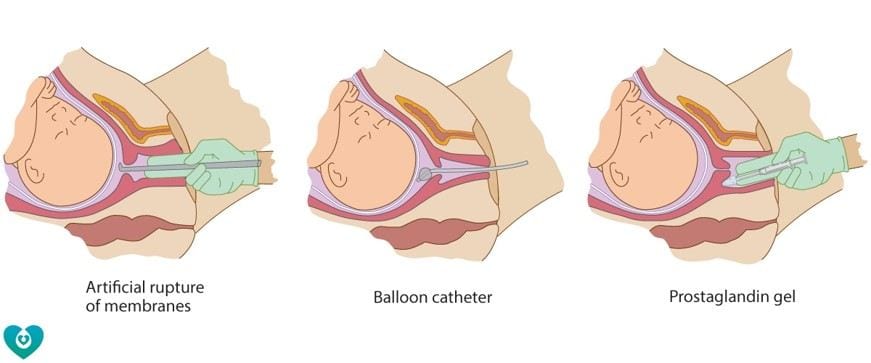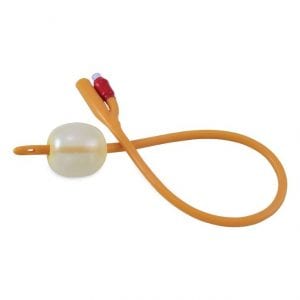The OBLIGE research study compared two common ways of starting the process of inducing labour, outpatient balloon catheter and inpatient prostaglandins. Women planning induction of labour at 37 weeks or more with a health baby were suitable to participate. Over the four years of the study, 1087 women from 10 hospitals in Aotearoa New Zealand participated in the OBLIGE trial.
Watch the video below for more details of how the study worked:
The OBLIGE trial found that women who started labour with a balloon catheter and went home for part of their induction had the same chance of needing a caesarean birth as women having vaginal prostaglandins and staying in hospital. Women who had outpatient balloon had more medical interventions in labour such as artificial rupture of membranes and use of oxytocin.
Women who had balloon catheter at home, and their babies, had few complications, similar to women who stayed in hospital with prostaglandins.
Women who had balloon catheter at home were more likely to be satisfied with their induction, choose the same method in future, feel the method was more convenient, feel supported, feel reassured, get more sleep, better quality sleep and feel less tired.
Given the outpatient balloon catheter method is effective, safe and preferred by women, we believe that outpatient balloon catheter induction of labour can be routinely offered to women.
We are grateful to the funders of this research
- New Zealand Health Research Council
- A+ Trust, Auckland District Health Board
- Maurice and Phyllis Paykel Trust
- Hawkes Bay Medical Research Foundation
- Mercia Barnes Trust, RANZCOG
- Waikato Medical Research Foundation
- Lottery Health Grant
Find out common reasons for induction of labour
- Going overdue or past your due date
- Diabetes in pregnancy
- High blood pressure in pregnancy
- Slowing of baby’s growth
- Maternal age 40 and over
- Maternal request
- In vitro fertilisation
Common ways of inducing labour
 Image reproduced with permission from the Mercy Perinatal Antenatal Toolkit
Image reproduced with permission from the Mercy Perinatal Antenatal Toolkit
For any questions, email the principle investigator
Associate Professor Michelle Wise, FMHS, University of Auckland, at m.wise@auckland.ac.nz
This study is proudly supported by




